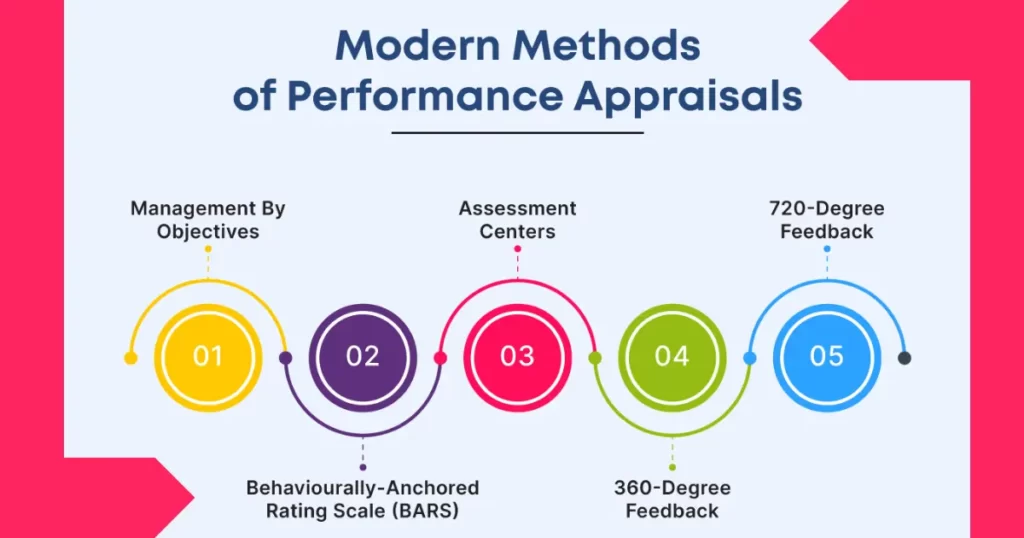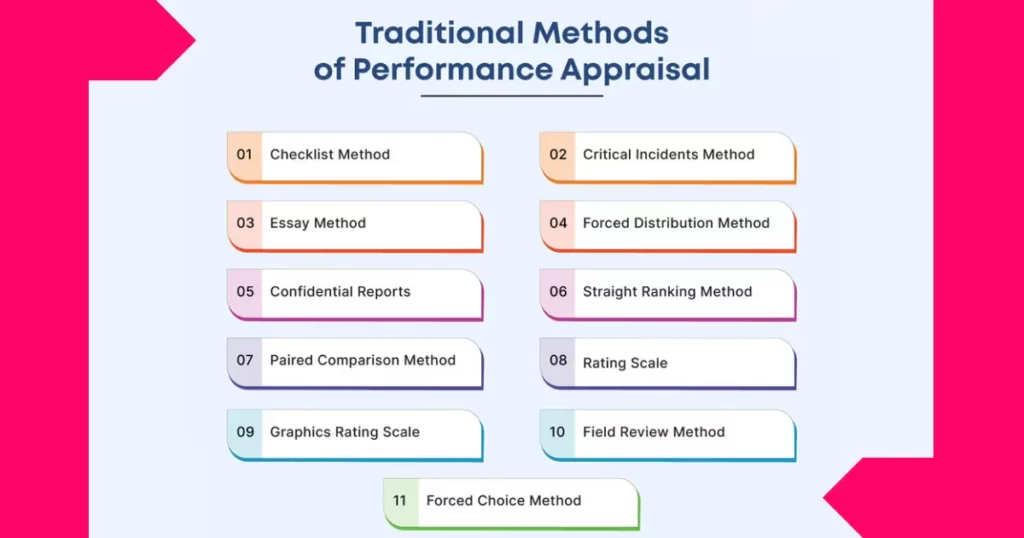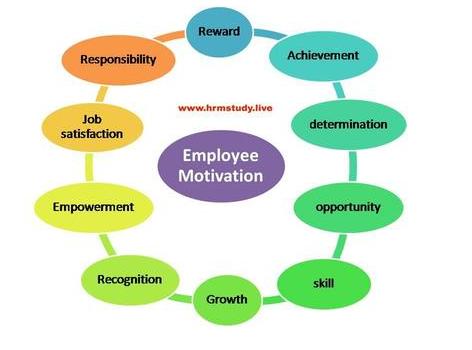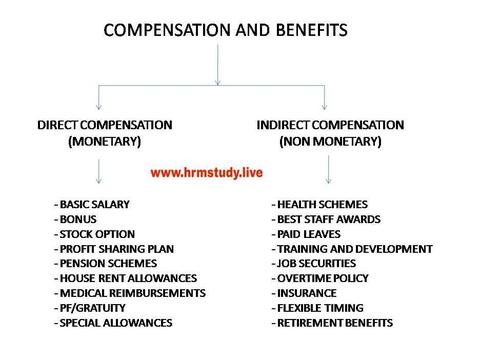Introduction: Understanding the Importance of Employee Health and Well-being in HRM
Businesses are realizing the value of putting employee health and well-being first in today’s cutthroat business environment.
Establishing a work environment that supports employees’ physical, mental, and emotional well-being is a critical function of human resource management, or HRM.
Organizations can improve worker satisfaction, productivity, and engagement by cultivating a wellness culture.
Here, we’ll talk about the different tactics and programs HR managers can use to promote the health and happiness of their employees.
The Current State of Employee Health and Well-being in Human Resource Management
As organizations navigate through unprecedented times, the focus on employee health and well-being has never been more critical.
HRM professionals are continually evaluating the impact of remote work, burnout, and mental health challenges on employees.
Strategies such as flexible work arrangements, mental health resources, and wellness programs have become essential tools in ensuring a healthy workforce.
In this section, we will explore the challenges and opportunities that HRM professionals face in promoting employee health and well-being in today’s dynamic work environment.
Key Benefits of Prioritizing Employee Health and Well-being Initiatives
Prioritizing employee health and well-being initiatives goes beyond just a moral obligation. It yields tangible benefits for both employees and organizations.
By investing in programs that support physical and mental wellness, employers can boost employee morale, engagement, and productivity.

A healthier workforce also leads to reduced absenteeism, lower healthcare costs, and improved retention rates.
In today’s competitive market, organizations that prioritize employee well-being not only attract top talent but also foster a positive company culture.
Common Challenges in Promoting Employee Well-being and Effective Solutions
While prioritizing employee well-being is crucial, many organizations face challenges in successfully promoting it.
Common obstacles include lack of employee participation, inadequate resources, and cultural barriers.
To address these challenges, organizations can implement tailored well-being programs, provide comprehensive resources, and foster a culture of wellness through leadership support and communication.
Engaging employees through surveys and feedback sessions can also help in identifying specific needs and preferences.
By overcoming these obstacles, organizations can create a supportive environment that not only benefits employee health and happiness but also drives business success.
Best Practices for Implementing Health and Well-being Programs in the Workplace
Implementing health and well-being programs in the workplace requires a strategic and holistic approach.
To ensure the success of these initiatives, organizations should prioritize alignment with their overall business goals and tailor programs to meet the specific needs of their workforce.
Effective practices include conducting comprehensive needs assessments, offering a diverse range of wellness activities, providing incentives for participation, and regularly evaluating program outcomes.
Moreover, fostering a culture of well-being through leadership endorsement and transparent communication is key to promoting employee engagement and sustaining long-term impact.
Case Study: How Johnson & Johnson Company Enhanced Employee Well-being Through Innovative HR Practices
In this case study, we will explore how J&J company transformed their workplace culture by prioritizing employee health and well-being through innovative HR practices.
By implementing personalized wellness programs, providing mental health resources, and encouraging work-life balance, the company saw a significant improvement in employee morale, productivity, and retention rates.
Through a combination of leadership support, clear communication, and data-driven decision-making, the company not only improved the overall well-being of their workforce but also boosted their bottom line.
Conclusion: Strategic Recommendations for Enhancing Employee Health and Well-being in Your Organization
After examining how J&J company achieved success in prioritizing employee health and well-being, it is evident that organizations can replicate similar outcomes by implementing strategic initiatives.
To enhance employee well-being in your organization, consider establishing a comprehensive wellness program tailored to individual needs, promoting mental health awareness and support, and fostering a culture that values work-life balance.
Additionally, ensure leadership engagement, transparent communication, and utilizing data-driven insights to continuously assess and improve well-being initiatives.
By prioritizing employee health and well-being through innovative HR practices, organizations can expect to see improved morale, increased productivity, and enhanced retention rates among their workforce.














